// Tales from the Amazon //
Life in the World's Wildest Jungle
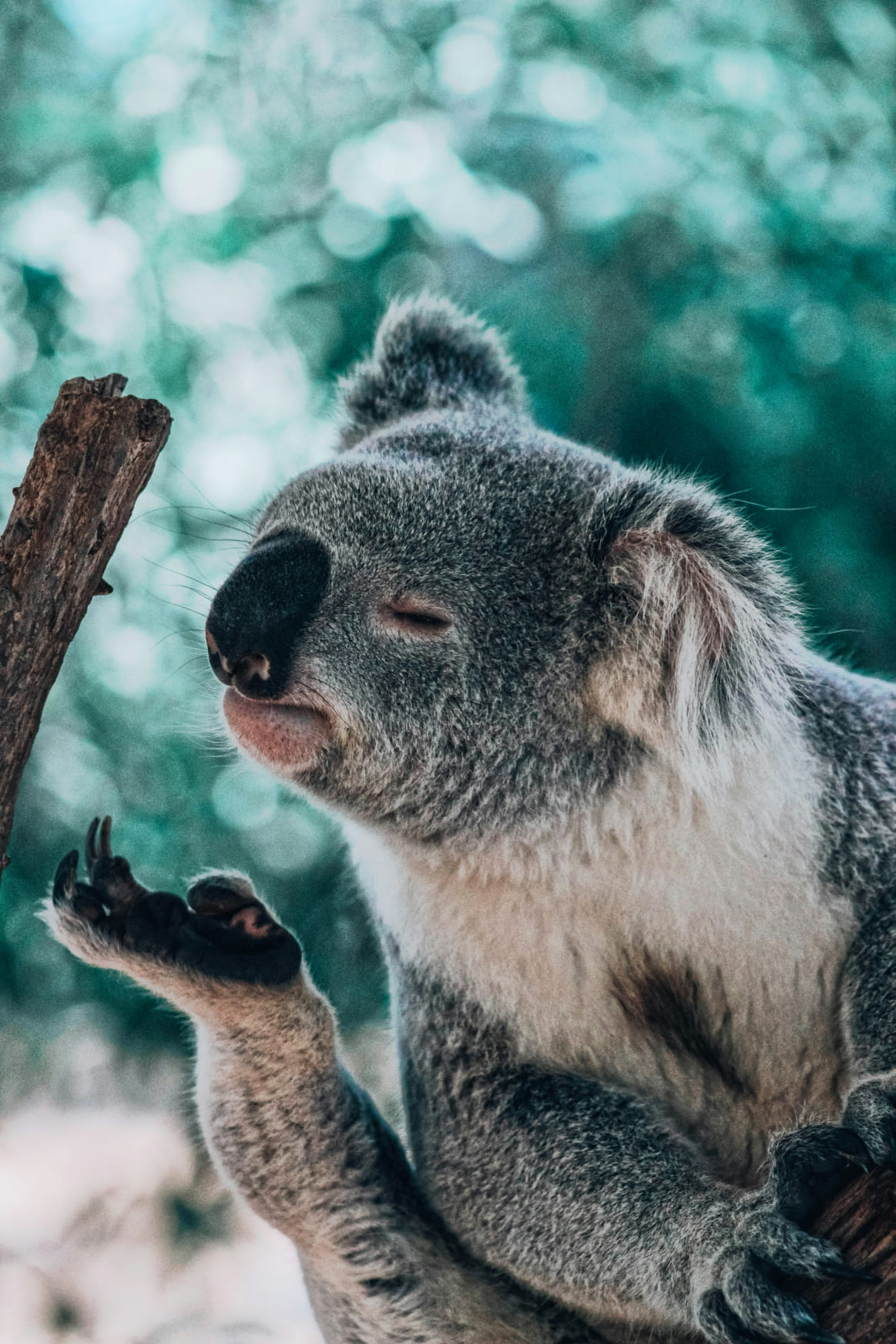
The Gray Koala (Phascolarctos cinereus): A Sleepy Icon of Australia
The gray koala, often simply called the koala, is a beloved symbol of Australia’s unique wildlife. These marsupials spend up to 20 hours a day sleeping in eucalyptus trees, conserving energy from their nutrient-poor diet of eucalyptus leaves. Despite their cuddly appearance, koalas are highly adapted survivors with sharp claws for climbing and a specialized digestive system to detoxify the leaves they eat.
Read More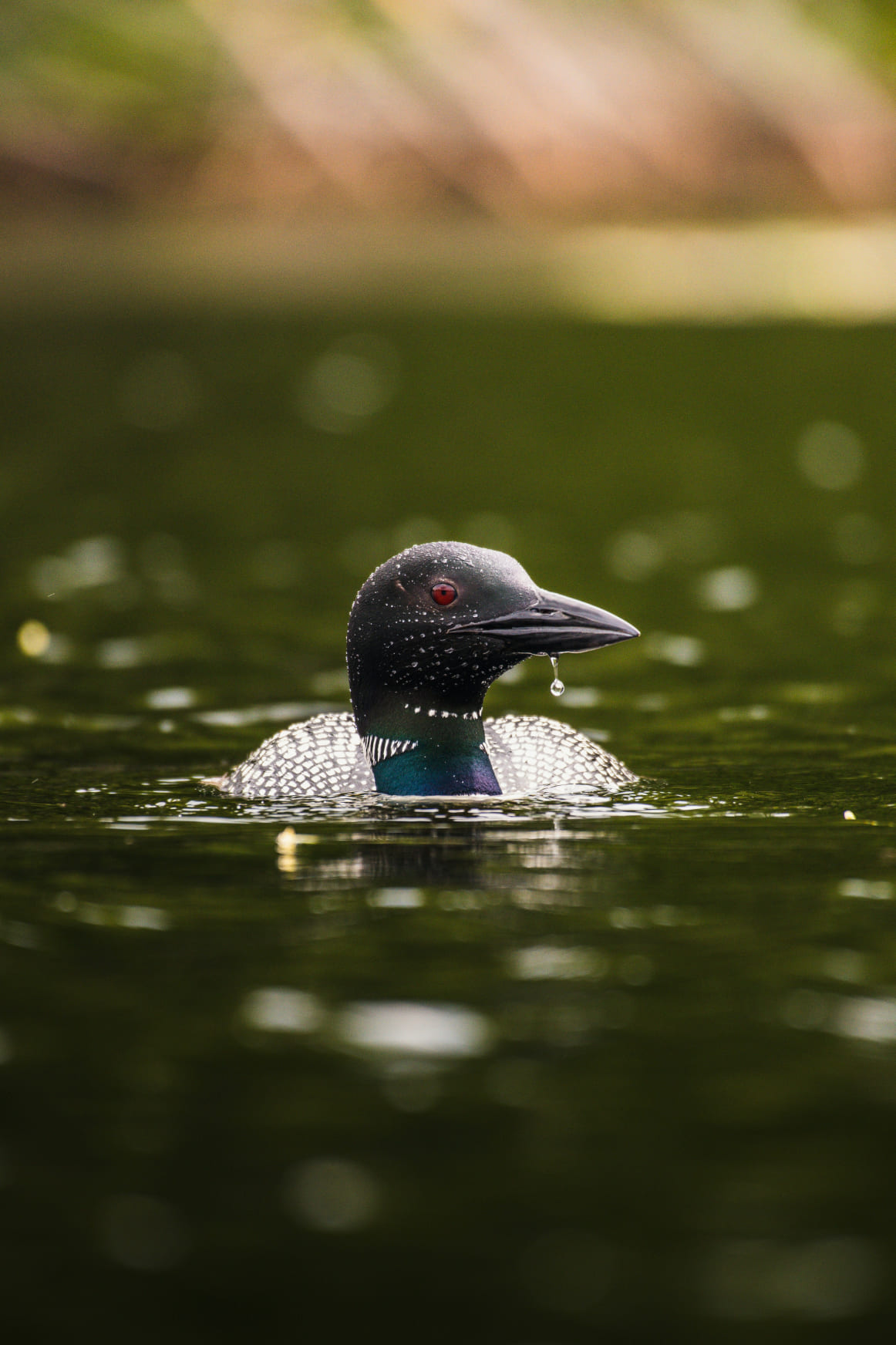
The Arctic Loon (Gavia arctica): A Melodic Wanderer of the North
The Arctic loon, known for its hauntingly beautiful calls, is a master of adaptation in frigid environments. These birds migrate vast distances, breeding in northern tundra regions and wintering in coastal waters. Their striking black-and-white plumage and red eyes make them a mesmerizing sight on still northern lakes.
Read More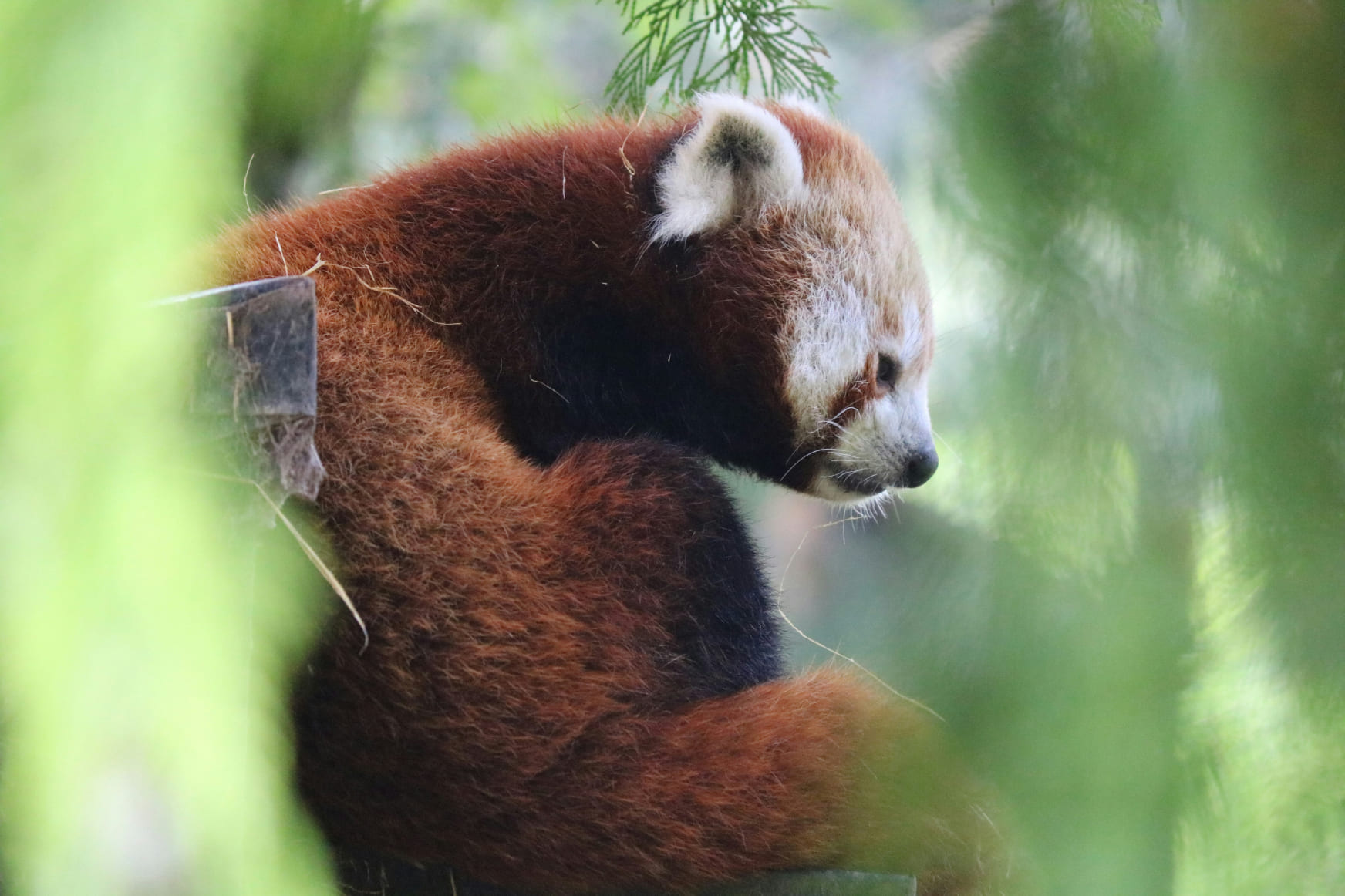
The Himalayan Red Panda (Ailurus fulgens): The Shy Acrobat of the Forest
The Himalayan red panda is a charming and elusive creature native to the mountain forests of Nepal, Bhutan, and northern India. With its reddish fur and bushy tail, it is perfectly camouflaged among moss-covered trees and bamboo thickets.
Read More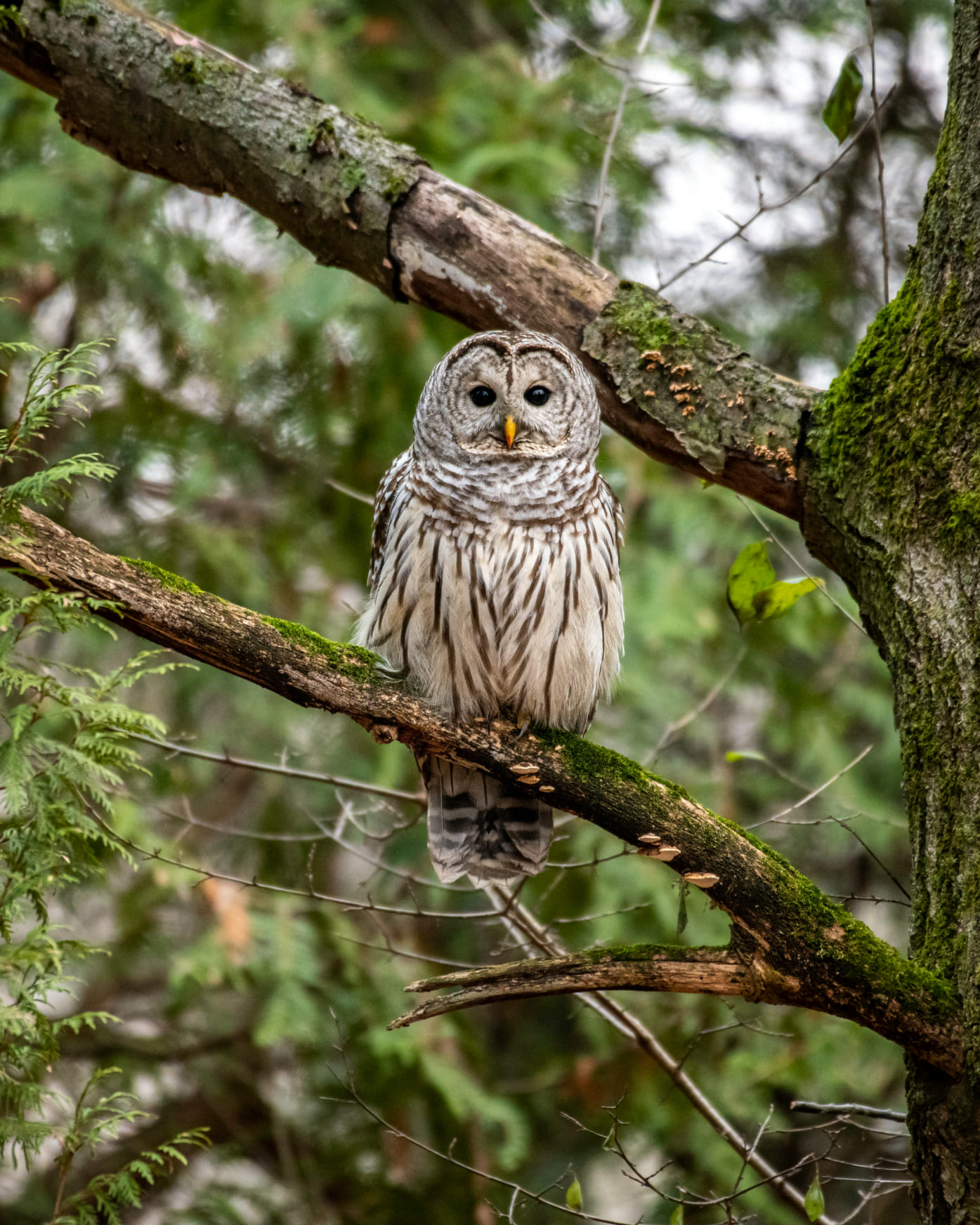
The Neoarctic Owl (Bubo virginianus): The Silent Hunter of the Night
The neoarctic owl, also known as the great horned owl, is a formidable predator of the Americas, ranging from Arctic tundras to desert landscapes. Its piercing yellow eyes and powerful talons make it one of the top nocturnal hunters.
Read More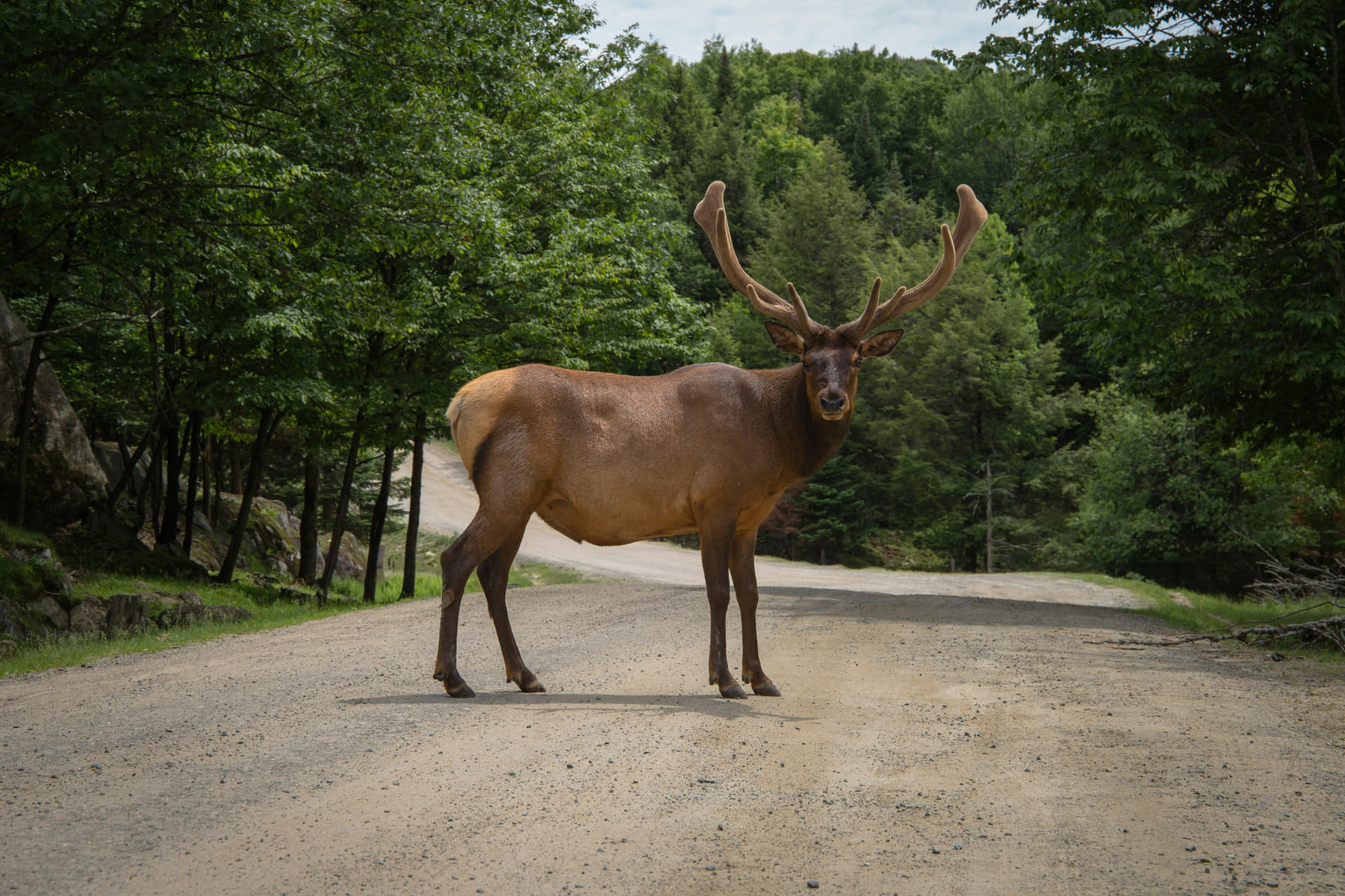
The Elk (Cervus canadensis): The Graceful Giant of the Forests
Also known as wapiti, elk are one of the largest species in the deer family. Found across North America and parts of Asia, they are known for their impressive antlers and deep bugling calls during the mating season.
Read More
The Australian Water Dragon (Intellagama lesueurii): The Riverbank Acrobat
The Australian water dragon is a striking reptile that thrives along riverbanks and wetlands. With its long tail and sharp claws, it is an expert climber and swimmer. These lizards can stay submerged for up to an hour, avoiding predators and hunting for aquatic insects and small fish.
Read More


